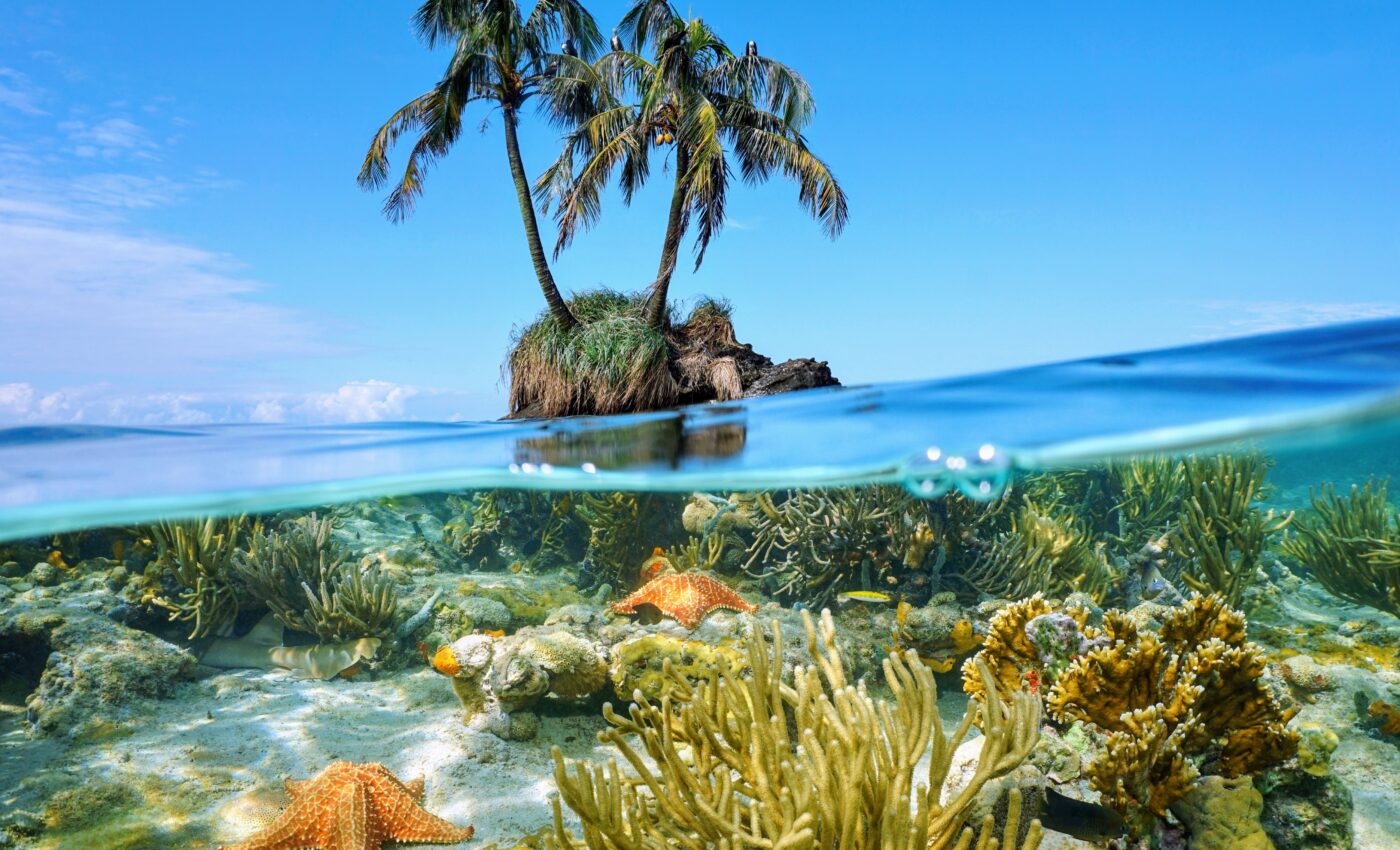
Nutrients from seabird poop accelerate coral reef recovery
Tropical coral reefs, celebrated for their extraordinary beauty and biodiversity, are facing significant challenges due to the relentless pace of global warming. However, a novel solution to boost reef recovery may be found in an unexpected ally: seabirds.
A recent study led by Lancaster University has uncovered a fascinating interaction between seabirds and coral reefs.
Reef recovery insights
According to the experts, the presence of seabirds on islands located nearby tropical coral reefs can boost coral growth rates on such reefs by more than double. This discovery is not just about growth rates; it also pertains to the resilience of coral reefs.
Reefs located near seabird colonies can bounce-back much quicker from bleaching events. This is particularly significant given the increasing frequency of bleaching events due to rising sea temperatures, which often result in widespread coral mortality.
Studying reef recovery
The focus of the study was on Acropora, a critical type of coral known for its structural complexity and importance in sustaining fish populations and reef growth.
The researchers noted a significant difference in recovery times based on the presence of seabirds. For instance, Acropora around islands with seabirds were found to recover from bleaching events by around 10 months faster compared to reefs located away from seabird colonies.
The study highlights the crucial role of seabirds in shortening recovery times for corals, which could be pivotal in their ability to withstand the rapid pace of climate change.
The shorter recovery times could make the difference between continuing to bounce back for some coral reefs in the face of climate change, due to which damaging bleaching events now occur much more frequently than in earlier periods.
Seabird-derived nutrients
The connection between seabirds and coral health is rooted in the nutrient-rich guano produced by these birds. Seabirds that feed on fish in the open ocean far from islands return to islands to roost, while depositing nitrogen- and phosphorus-rich nutrients in the form of guano.
This nutrient transfer, critical for coral growth, occurs when guano is washed into the sea, fertilizing the corals and other marine species.
“Our results clearly show that seabird-derived nutrients are directly driving faster coral growth rates and faster recovery rates in Acropora coral,” said lead author Casey Benkwitt, an expert in Marine Biology at Lancaster.
Experimental approach
The research team conducted their study in a remote Indian Ocean archipelago, comparing reefs near seabird-populated islands to those near rat-infested islands, which negatively impact seabird populations.
The study also involved an experimental approach where some Acropora corals were transplanted between islands. This confirmed that the presence of seabirds, and not other factors, was responsible for the nutrient enrichment and enhanced coral growth.
Study implications
“This faster recovery may be critical as the average time between successive bleaching events was 5.9 years in 2016 – a reduction from 27 years in the 1980s. Even small reductions in recovery times during this window may be key to maintaining coral cover over the short-term,” Benkwitt said.
These findings not only highlight a natural solution for enhancing coral resilience but also emphasize the interconnectedness of ecosystems and the far-reaching impacts of biodiversity conservation efforts.
The study is published in the journal Science Advances.
—–
Like what you read? Subscribe to our newsletter for engaging articles, exclusive content, and the latest updates.
—–
Check us out on EarthSnap, a free app brought to you by Eric Ralls and Earth.com.













